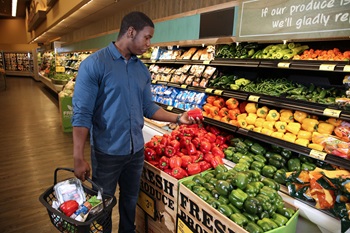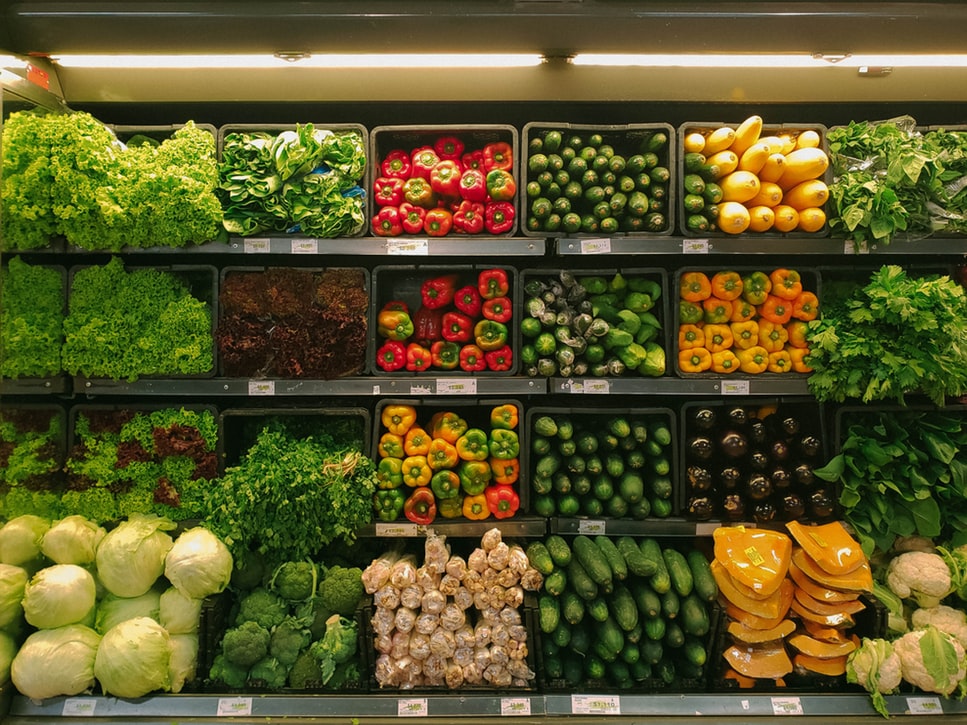By Steve Markenson, Director, Research, FMI
As consumers experience the unprecedented realities presented by the COVID-19 pandemic and confront the frustrating truths of supply and demand, once ingrained grocery shopping habits have shifted to some new behaviors. As one would expect, shoppers are highly concerned about the impacts of COVID-19 and those apprehensions are driving some changes in the way they shop for groceries. Many are turning to online grocery shopping.
pandemic and confront the frustrating truths of supply and demand, once ingrained grocery shopping habits have shifted to some new behaviors. As one would expect, shoppers are highly concerned about the impacts of COVID-19 and those apprehensions are driving some changes in the way they shop for groceries. Many are turning to online grocery shopping.
To assess the impact of COVID-19 on the perceptions and behaviors of grocery shoppers, FMI conducted an initial wave of online surveys from March 21 to 26 and will be conducting ongoing biweekly consumer surveys over the coming weeks. From this first wave of research, we learned some baseline things about the shopper’s initial reactions as this crisis unfolded. Here are some of those findings, with much more come.
Shoppers rush online to shop for groceries.
Americans have had to make changes in where, how and who shops for groceries as a result of COVID-19. Most shoppers (77%) have specifically made a change in where they shop, with online shopping seeing significant growth. Many shoppers have increased or are shopping online for the first time, as almost one-half of Americans have shopped online for grocery-type items in the past month. This is more than twice the proportion of monthly online shoppers from our U.S. Grocery Shoppers Trends research one year ago. Many of these shoppers (17%) are new to online grocery shopping and recall no shopping for grocery-type items before this month, while others (4%) recall shopping previously for grocery-type items and have returned this month for the first time in a while.
Many online shoppers are ordering new products online for the very first time. Paper products are an expected need, but many are also ordering fresh produce, fresh meats and milk online for the very first time. Compared to online shoppers in our 2019 U.S. Grocery Shopper Trends research, average weekly online spending per shopper in the past seven days has approximately doubled.
Shoppers may be using online shopping as a means of practicing social distancing by avoiding visits into the store, but they are still experiencing many of the same issues as those who shop in-store such as out-of-stocks for paper products, household cleaning supplies, personal hygiene items, preferred food items and other items, along with limits on quantities. In addition, the unprecedented demand for groceries has resulted in fulfillment issues with many experiencing delivery delays, no acceptable times for pick-up or a lack of acceptable times for home delivery.
As shoppers adjust to a new reality, FMI will be continuing to track consumer attitudes and perceptions over the coming weeks and months through our U. S. Grocery Shoppers Trends COVID-19 tracking surveys.
Download U.S. Grocery Shopper Trends COVID-19 Tracker


 Industry Topics address your specific area of expertise with resources, reports, events and more.
Industry Topics address your specific area of expertise with resources, reports, events and more.
 Our Research covers consumer behavior and retail operation benchmarks so you can make informed business decisions.
Our Research covers consumer behavior and retail operation benchmarks so you can make informed business decisions.
 Events and Education including online and in-person help you advance your food retail career.
Events and Education including online and in-person help you advance your food retail career.
 Food Safety training, resources and guidance that help you create a company food safety culture.
Food Safety training, resources and guidance that help you create a company food safety culture.
 Government Affairs work — federal and state — on the latest food industry policy, regulatory and legislative issues.
Government Affairs work — federal and state — on the latest food industry policy, regulatory and legislative issues.
 Get Involved. From industry awards to newsletters and committees, these resources help you take advantage of your membership.
Get Involved. From industry awards to newsletters and committees, these resources help you take advantage of your membership.
 Best practices, guidance documents, infographics, signage and more for the food industry on the COVID-19 pandemic.
Best practices, guidance documents, infographics, signage and more for the food industry on the COVID-19 pandemic.
